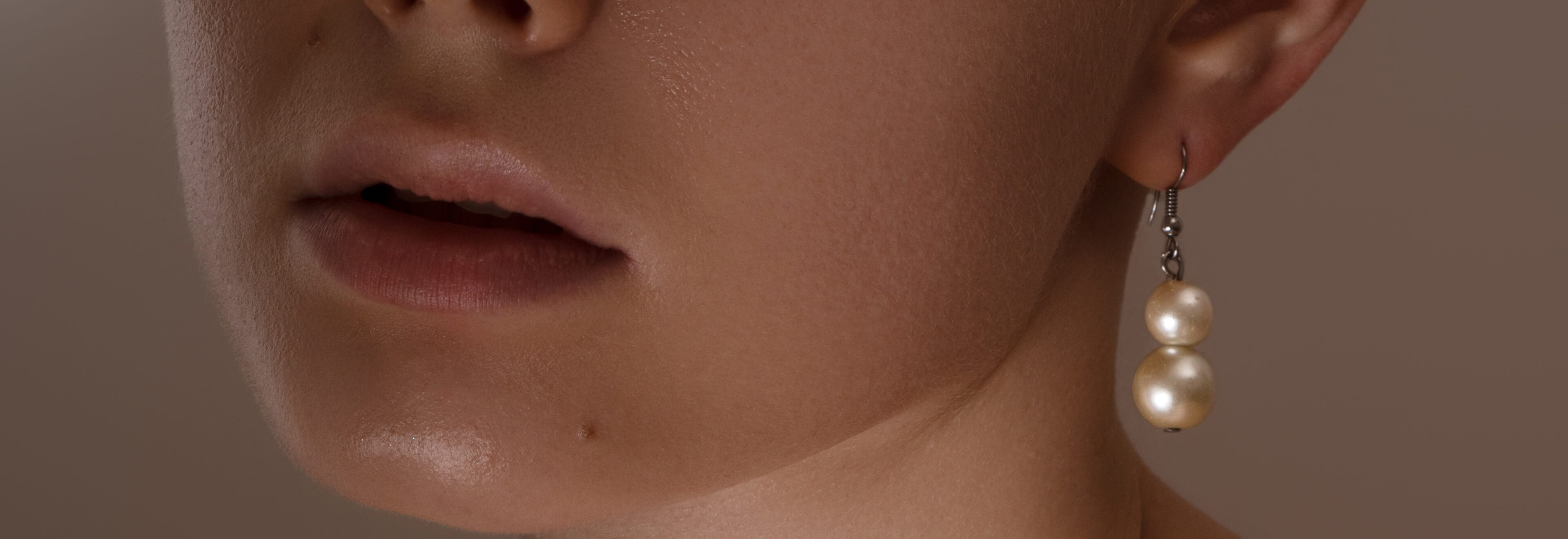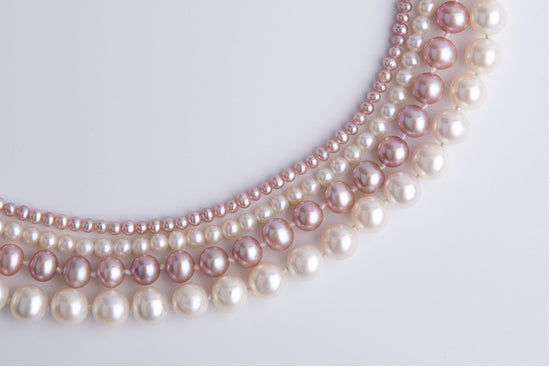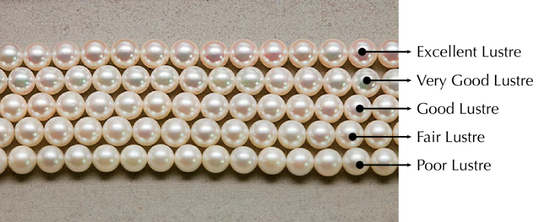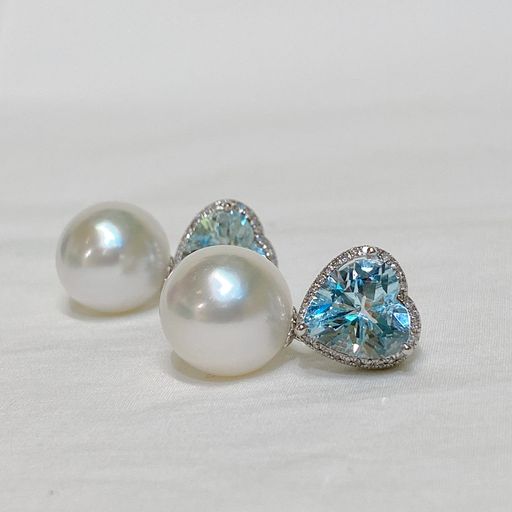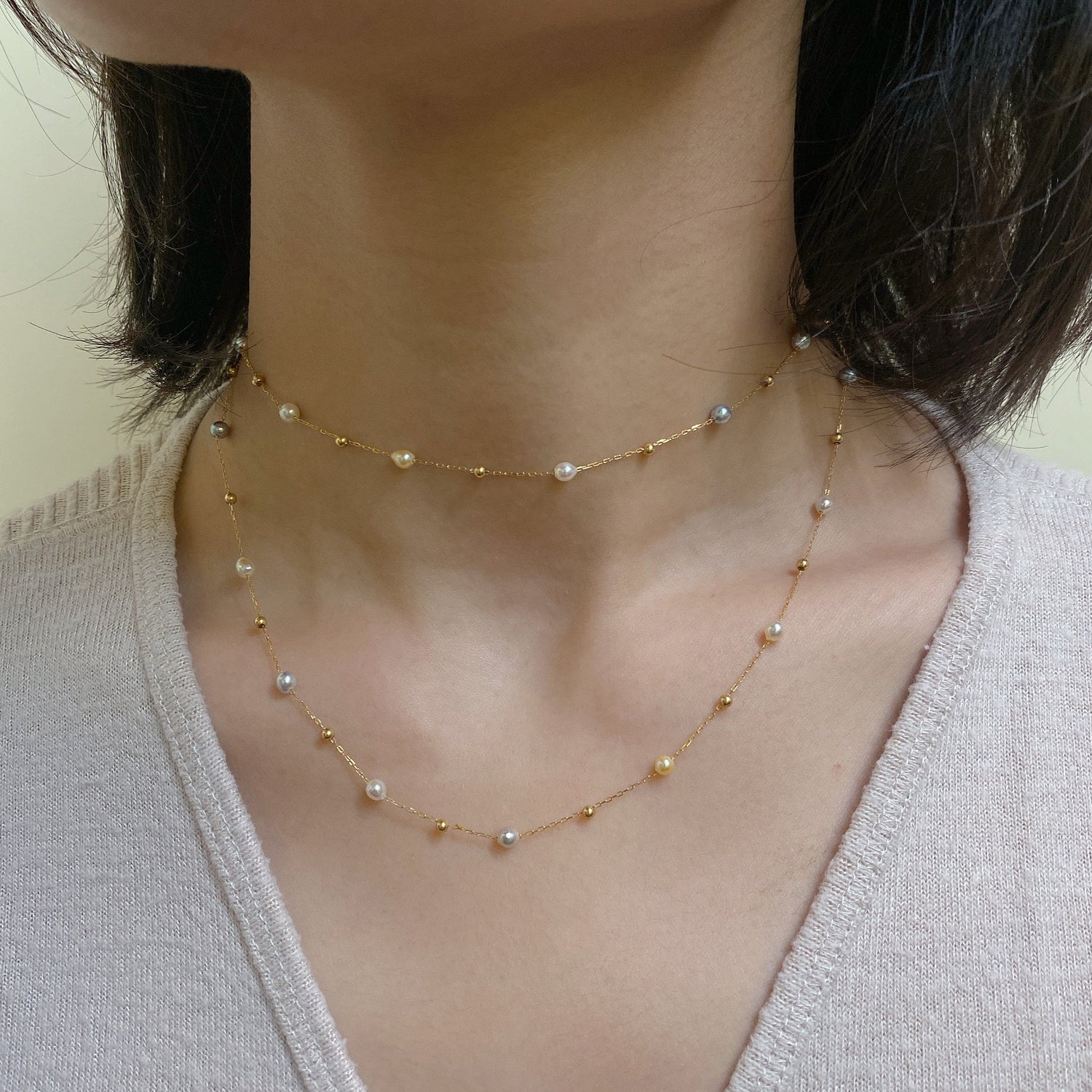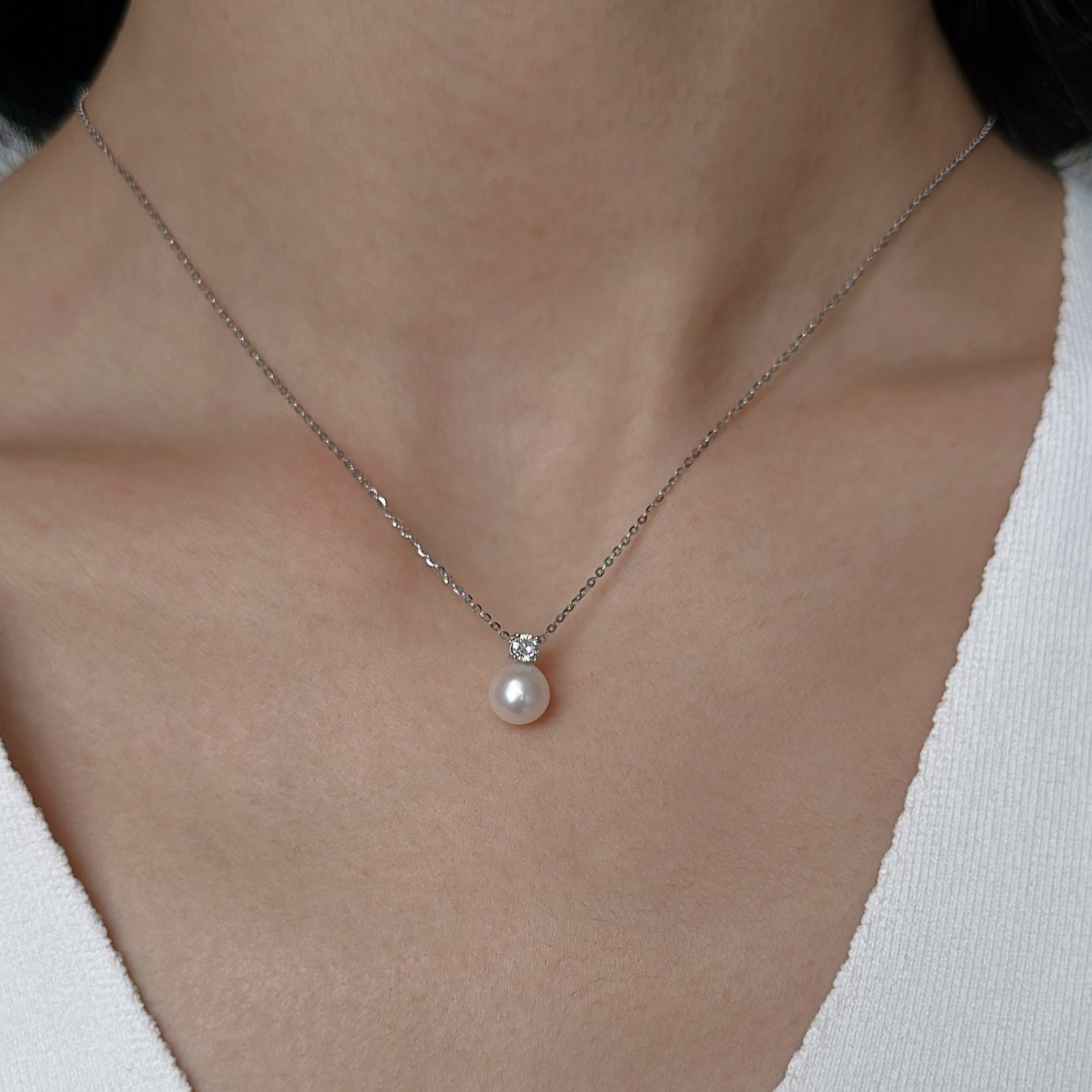OVERVIEW - AKOYA PEARL
The Akoya pearl is a saltwater cultured pearl from the Akoya oyster (阿古屋貝). Akoya pearls are the most familiar type of saltwater cultured pearl in Singapore and other Asian markets. We love Akoya pearls for their signature bright mirror-like lustre.
The majority of the world's Akoya pearls are produced in Japan. The high lustre found in our top-quality Akoya pearls and their relative rarity gives Akoya pearls a higher perceived value.
An average Akoya pearl is 7 mm; Akoya pearls are currently being harvested in sizes from as small as 1 mm up to the very rare 10-11 mm; both mini and jumbo sizes are rare and sought after. Akoya pearls usually come with a pink, white, or silver overtone. Many customers think of white or cream-colored Akoyas as the classic pearl used for jewelry, especially single-strand necklaces.
QUALITY FACTORS
-
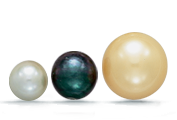
SIZE
Cultured pearls range from 2-16mm in diameter, depending on the mollusk used.
-
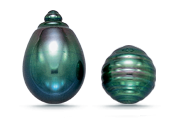
SHAPE
Spherical pearls are the most valued but symmetrical drops are also sought.
-
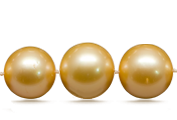
Luster
Pearls with high luster have sharp bright reflections on the surface.
-
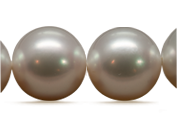
SURFACE QUALITY
The number of blemishes on a pearl's surface is evaluated to judge quality.
SIZE
In general, the larger the pearl, the more valuable it is. Different varieties come in different sizes: South Sea cultured pearls are the largest.
SHAPE
Round is the most difficult shape to culture, making it the rarest cultured pearl shape and—if all other factors are equal—also generally the most valuable. There are exceptions, though. Well-formed pear, oval, or baroque (irregularly shaped) cultured pearls are also prized by pearl lovers. Different pearl types are held to different standards when classifying
shape. Japanese saltwater cultured pearls are held to the strictest standards for shape.
LUSTRE
Of all pearl quality factors, lustre might be the most important. Lustre is what gives a natural or cultured pearl its unique beauty.
Aslowe only uses pearls with very good or excellent lustre.
SURFACE QUALITY
Like colored stones, most pearls never achieve perfection. Some might show abrasions that look like a series of scratches on the surface, or a flattened section that doesn’t affect its basic shape, or an irregular ridge that looks like a crease or wrinkle.
If surface characteristics are numerous or severe, they can affect the durability of the pearl and severely depress its value. Surface characteristics have less effect on the pearl’s beauty and value if they are few in number, or if they are minor enough to be hidden by a drill-hole or mounting.
ASLOWE AKOYA PEARLS
Our Akoya products are made from high-quality saltwater cultured Akoya pearls directly from the source by our team of pearl experts for their inherently bright mirror-like lustre, neutral colors and unique surface characteristics.
We carry a wide range of top-quality Pearl Science Laboratory certified Akoya pearls, including highest quality Aurora HANADAMA(オーロラ 花珠), Sairinju(オーロラ 彩凛珠), and the best Aurora Ten-nyo(オーロラ 天女)pearls with Type P & SP Certification.
AKOYA PEARL TRIVIA
Pearl is the birthstone for June and the gem of the third and thirtieth anniversaries. The Akoya oyster is the smallest commercially farmed, pearl-producing oyster.
AKOYA PEARL CARE
With proper care, pearls last generations. Wipe it clean with a soft cloth after wear and store it in your Aslowe jewelry box or pouch. Avoid exposure to heat, perfume, or cosmetics.
Read more about pearls from GIA gem encyclopedia.
Source: www.gia.edu/pearl
